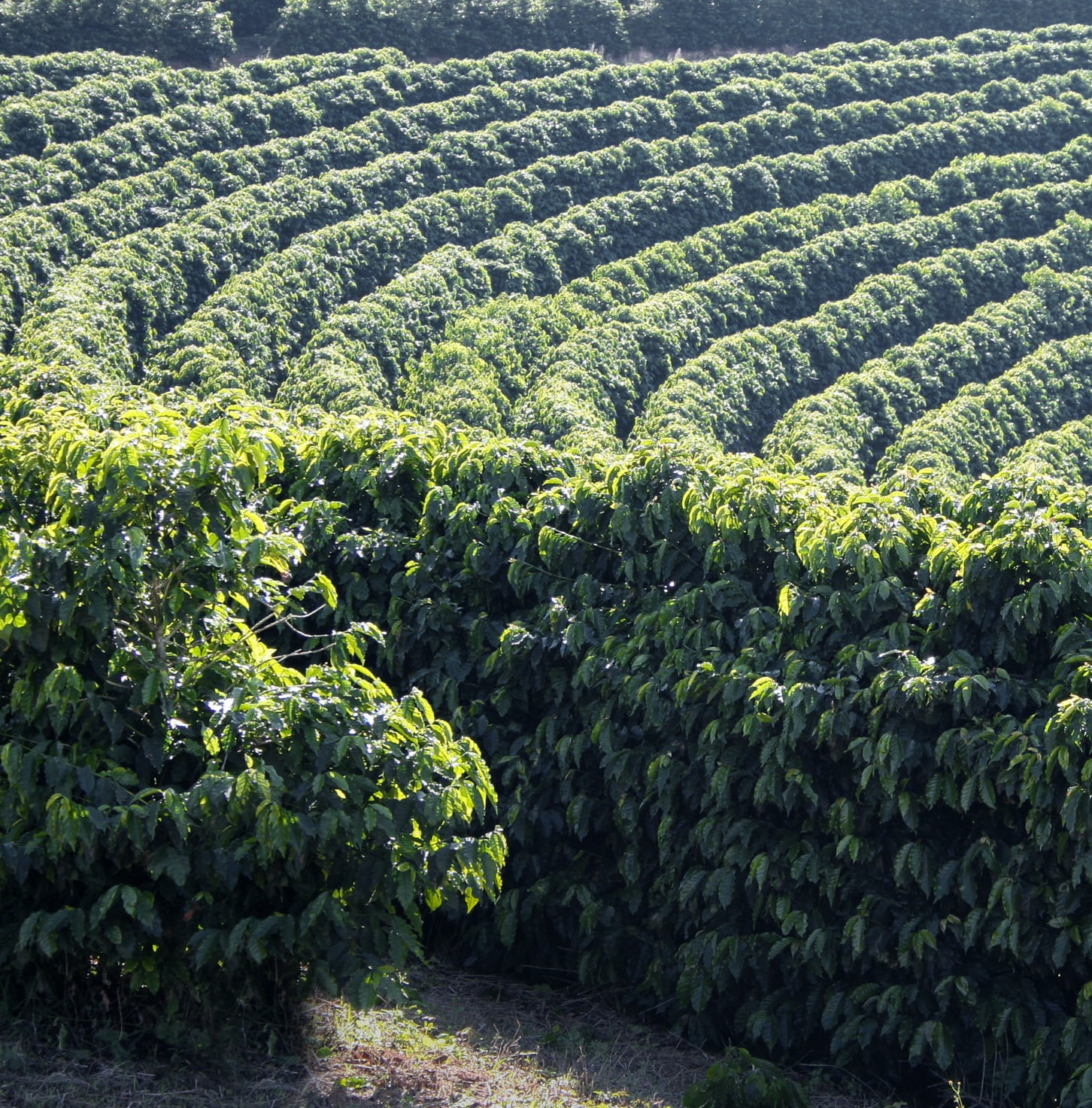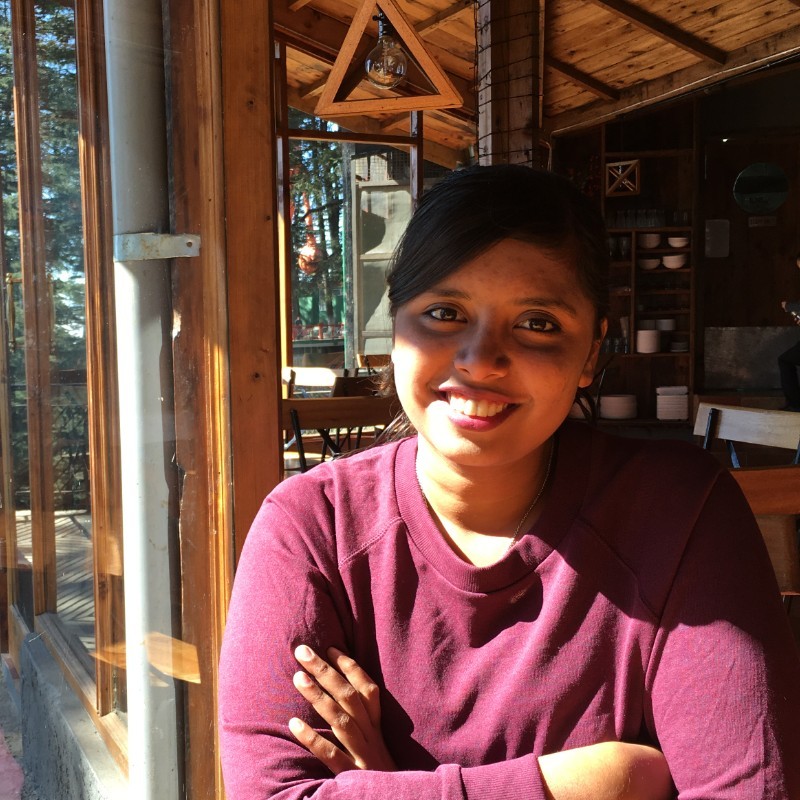Article
Stenophylla: History’s Solution To Modern Coffee Production

Climate change has been a threat growing faster than ever as time passes. While we often discuss rising sea levels and erratic weather patterns, the effect of climate change on our food crops is often overlooked.
Coffee, an essential commodity for a majority of the world, is one such crop being battered by the effects of climate change, and scientists are actively looking for ways to combat this—one such way is the discovery of a recently “re-discovered” variety called stenophylla.
Coffee is a notoriously difficult crop to cultivate and rising global temperatures only worsen growing conditions for farmers. With rising temperatures comes drought, destructive storms, and a reduction in pollination. Increased temperatures also lower the quality of the beans harvested. Hotter weather ripens berries faster and negatively impacts the taste of the final cup. Total yield also drops in response to hot weather, and the coffee plants face threats from new pests and diseases. When it comes to rainfall, both too much and too little rain can ruin a coffee harvest.
As many may know, a majority of the world’s coffee is of two main types: Arabica and Robusta. Arabica is best grown in cool, shady environments like the Ethiopian highlands where it originated while Robusta is a hardier crop that grows in slightly warmer environments with plenty of rainfall throughout the year. Both these sub-species of coffee are now battling the effects of climate change. To continue, the coffee industry now has to look towards more climate-resistant varieties to remain viable.
Robusta is a more resistant variety but even it can’t really withstand climate change and anyway, it’s no match for Arabica when it comes to flavor and versatility. What we need is a climate-resistant variety of coffee that can withstand global warming while also being flavorful and practical to cultivate. But can we find something like this? The answer, surprisingly, might be hidden away in the history of coffee back in the 19th century.
Coffea Stenophylla was first scientifically described in 1834 in Sierra Leone, where it’s also known as highlands coffee. Back then, this wild variety was cultivated at scale across western Africa and eventually exported to France. Historical records describe its flavor as comparable to or even better than Arabica. C. Stenophylla is also much more resistant to temperature than both Arabica and Robusta. However, it takes longer to grow and has a smaller yield per harvest so over time its cultivation died out. That is, until now.
In modern times, Stenophylla is seeing renewed interest as an ideal solution to the climate change problem in the coffee industry. It’s able to withstand both rising temperatures and drought, meaning it could be used to revitalize coffee cultivation in drier and hotter regions. Stenophylla shrubs are highly dependent on rainfall cycles, and produce dark black berries when ripe. Their star-shaped flowers, narrow leaves, and dark berries are used to identify the plant in the wild.
Our understanding of the Stenophylla sub-species is very limited. Wild plants are now being studied in Sierra Leone to better understand the plant’s life cycle and viability for commercial cultivation. As a perennial crop, it will take a few years to truly analyze the viability of the plant. In addition, farmer education and incentivizing the cultivation of Stenophylla needs to be put in place to encourage farmers to experiment with this variety. Once the crop is properly studied, we can also explore the possibility of hybridization with the existing coffee varieties across the globe. We know that small studies have found that it’s almost indistinguishable from Arabica so this is even more incentive to study Stenophylla and experiment with its cultivation.
Results are sparse but promising, and Stenophylla could truly be the long-sought solution to climate change that the coffee industry has been searching for.
